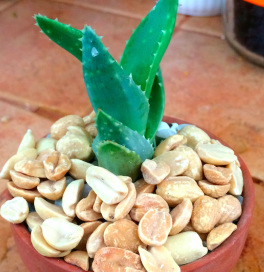
But conventional top dressings can go for as much as $5-$15 for a tiny bag! So in this post I thought I'd share some of the top dressing "hacks" I've discovered through other succ-ers' recommendations, as well as my own experimentation.
The first place to look is in your very own kitchen! Small objects with interesting textures make the best soil covers. As you can see in the picture to the left, I've combined raw peanuts with an aloe seedling. Be sure to use unsalted peanuts, since salt will change the ph level in the soil and can actually kill a plant.
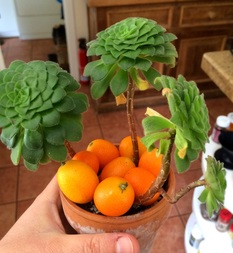
As you can see in the picture to the right, larger items can work as well--the key is to make them bold and bright. For this composition, I've chosen kumquats. I made this back in October because I thought the bright orange gave the aeoniums an autumnal feel. The kumquats don't decompose because being placed directly on soil causes them to "chlorophate," meaning that they retain their shape, smell, and color.
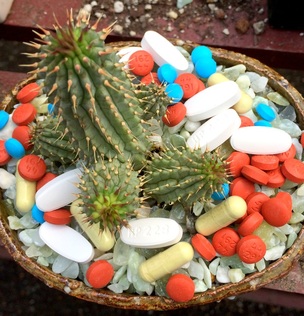
In any case, though, it's a lovely plant, and I think it's made even lovelier by the addition of discarded pharmaceutical pills. Because I didn't know if the chemicals would harm the plants, I didn't place the pills directly on the soil. Instead, I first sprinkled a layer of conventional jade pebbles. Then I scattered random expired pills on top of the pebbles. The result may not be for everyone, but I think it's both colorful and whimsical!

And I know what you're thinking: but I'm supposed to recycle! Yes, sure, I know. But you can think of this as a form of recycling. The only caveat I should mention is that water runs off of the plastic, so to water plants with plastic top dressing, just lift up the plastic, water, and put the plastic back on.
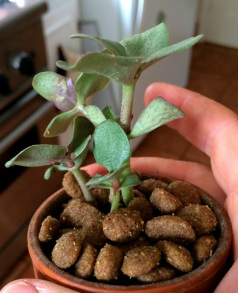
Most high-quality dry pet food is supplemented with vitamins and minerals to keep our furry friends healthy. Water helps these vitamins and minerals act as fertilizer.
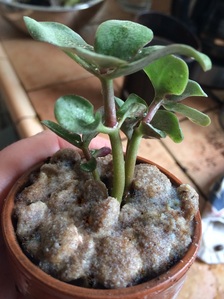
The picture to the left is the same plant and the same kibble top dressing from the picture above, taken after six weeks of once-weekly waterings. To achieve the clay-brown hue you see in this composition, I prefer to use Iams. If available, choose a low-sodium variety with mineral supplements. (It's healthier for your pets, too!)
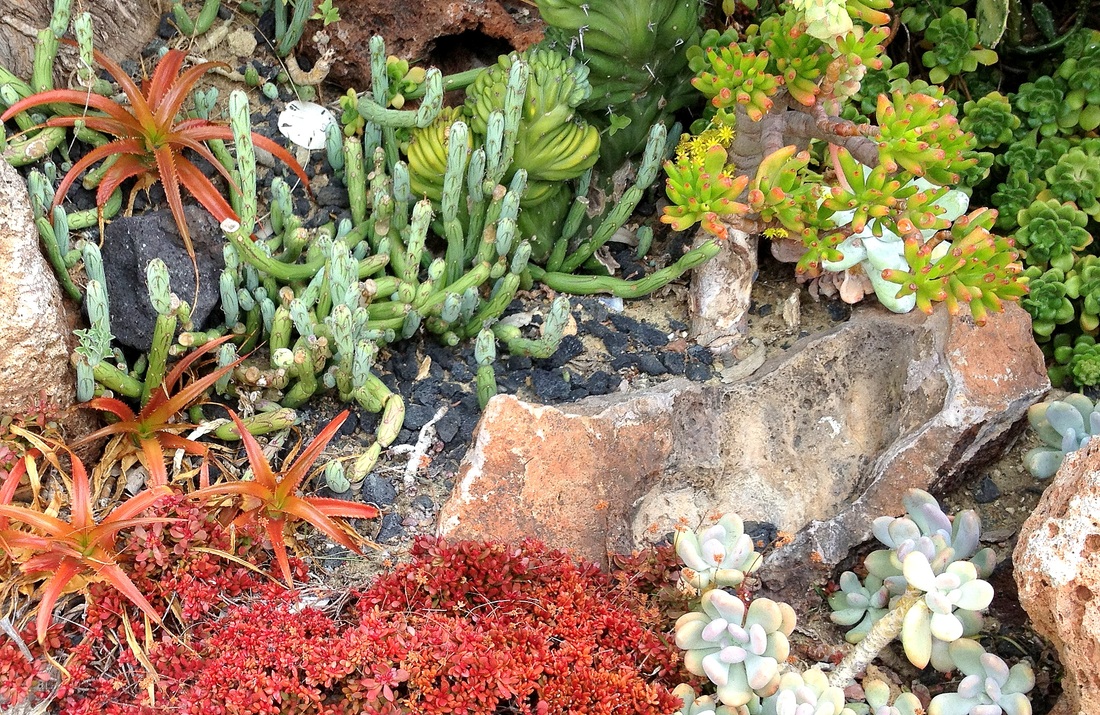
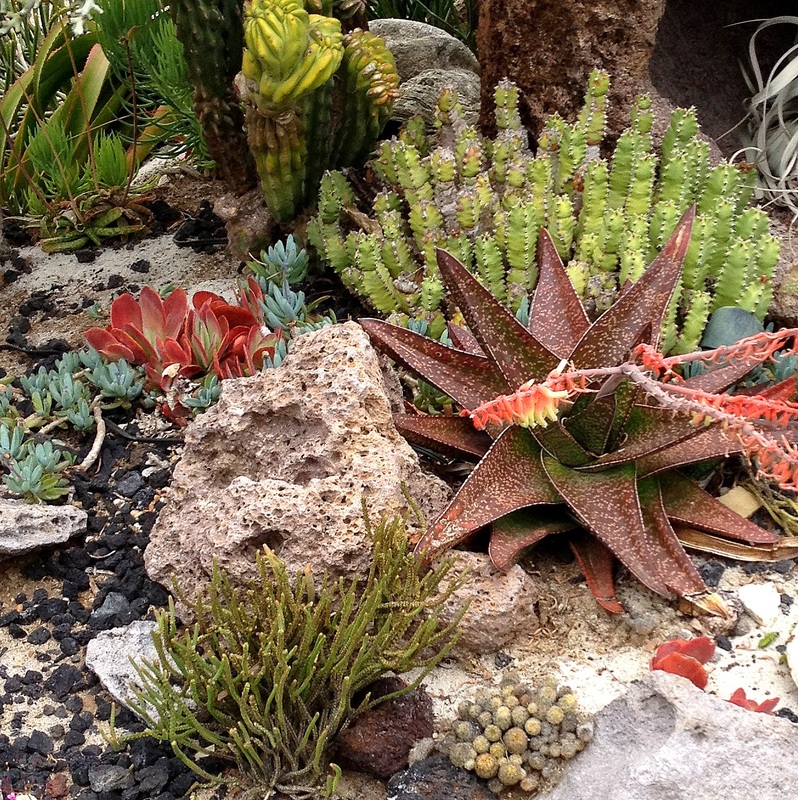
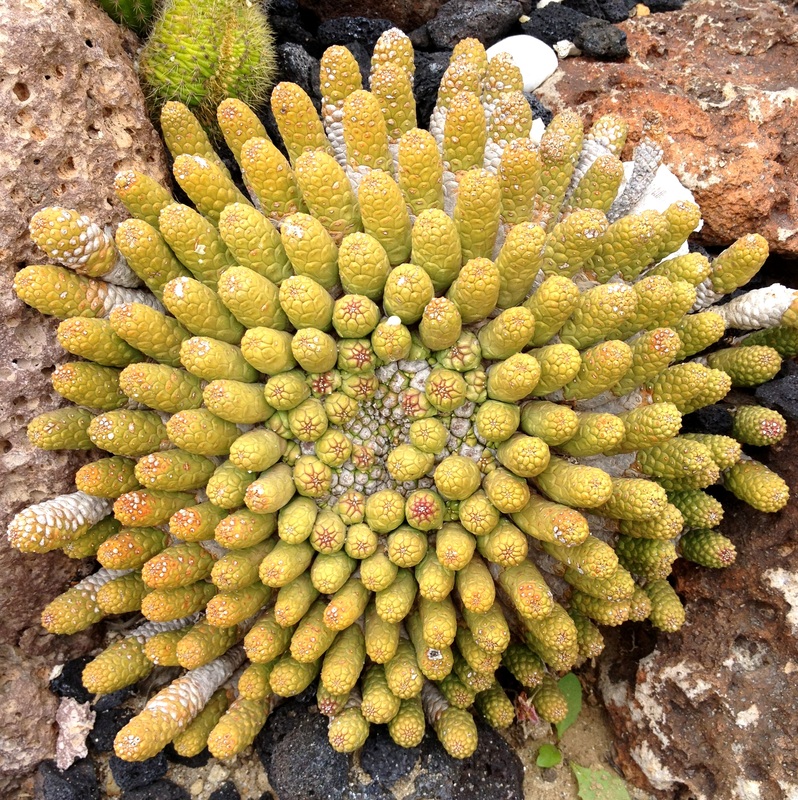
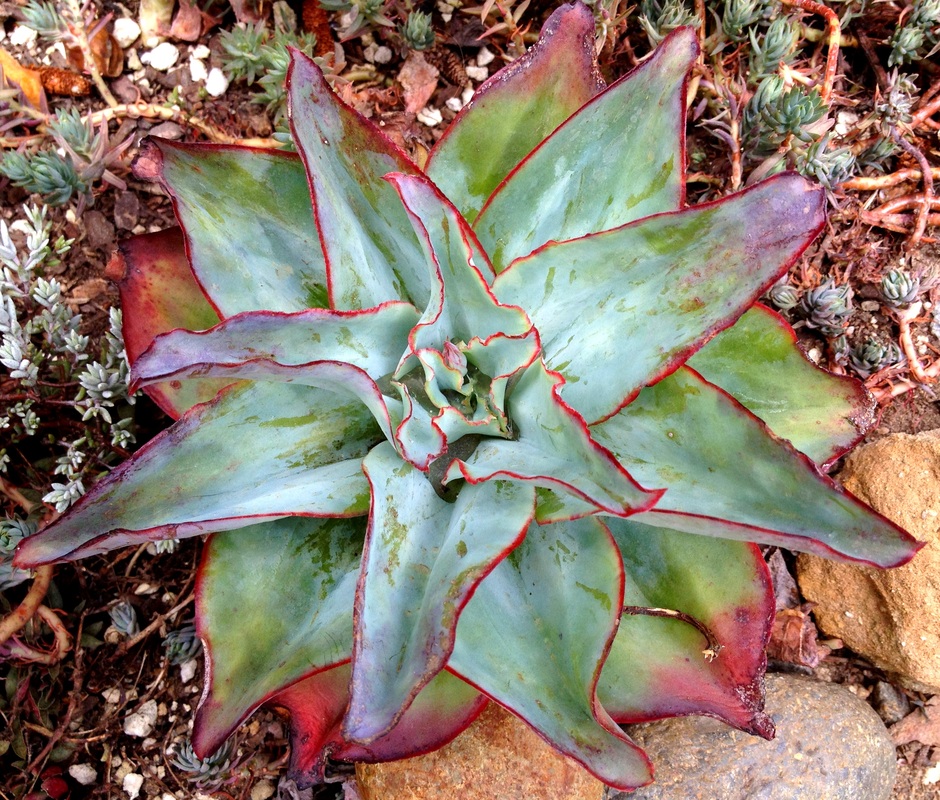
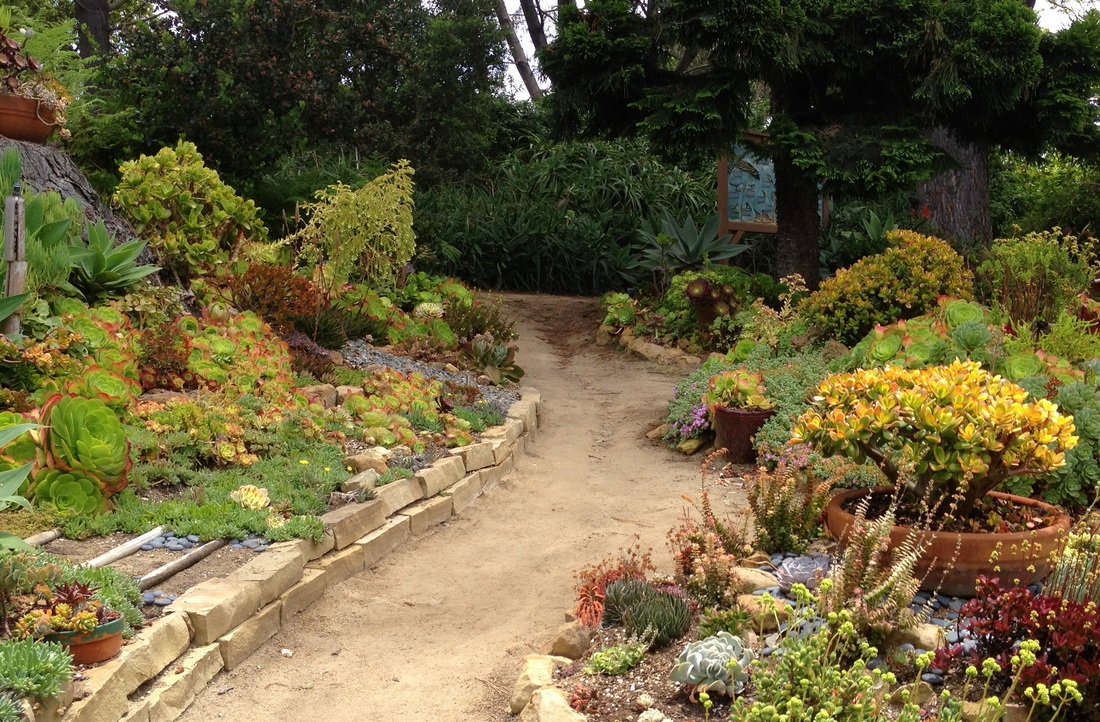
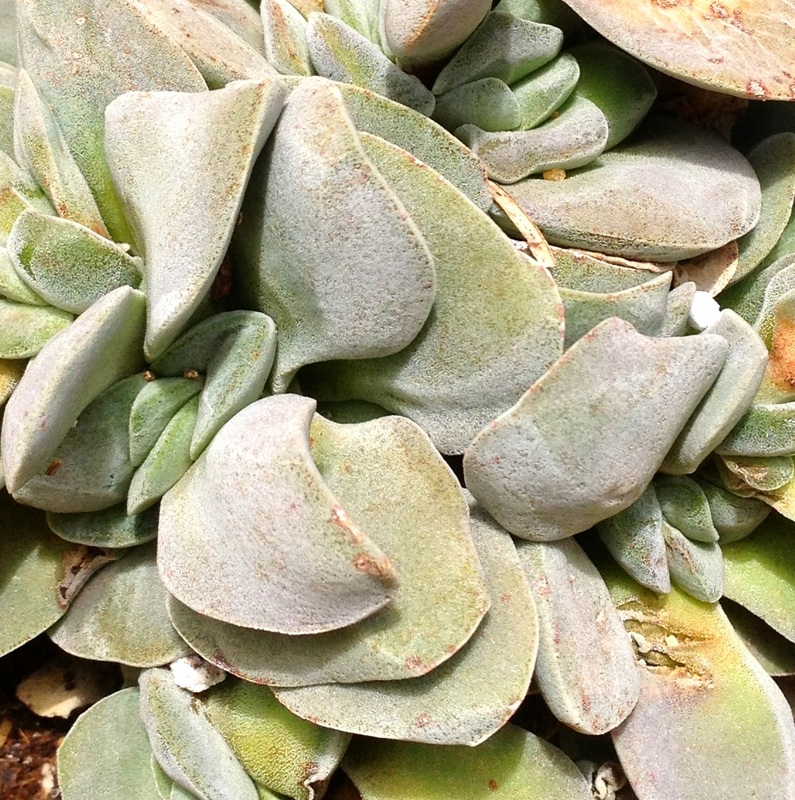
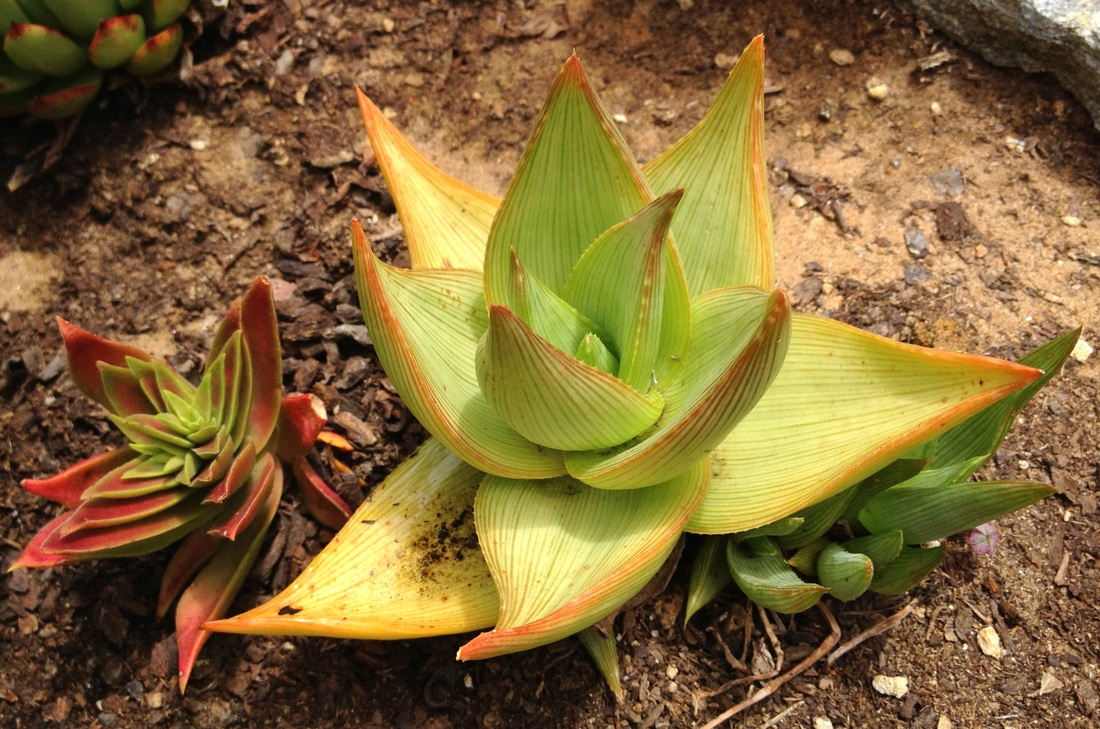
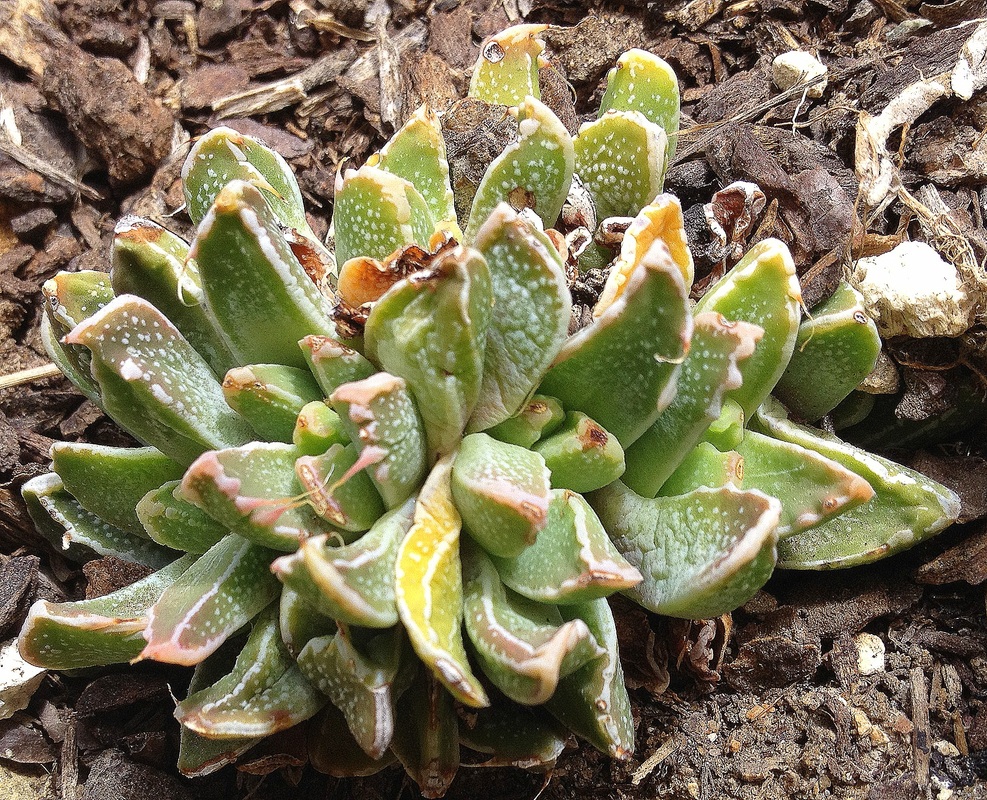
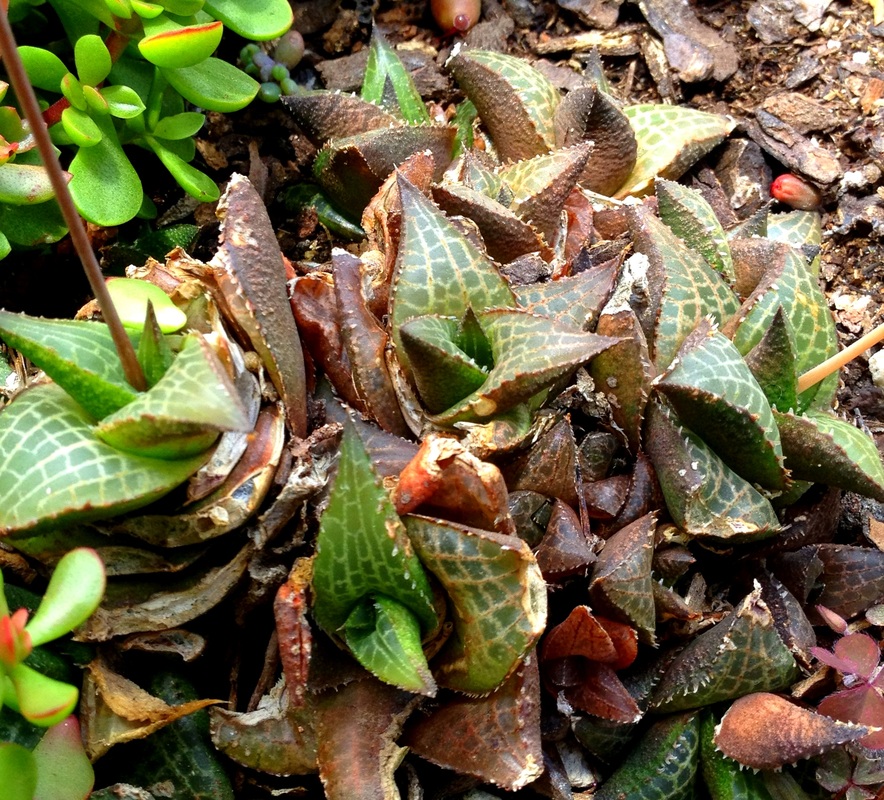
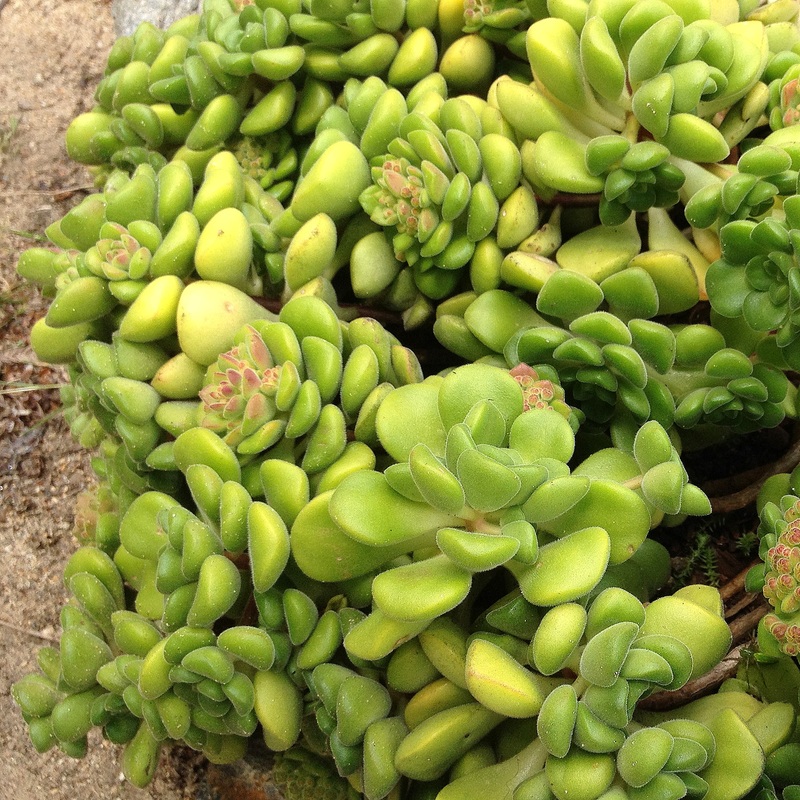
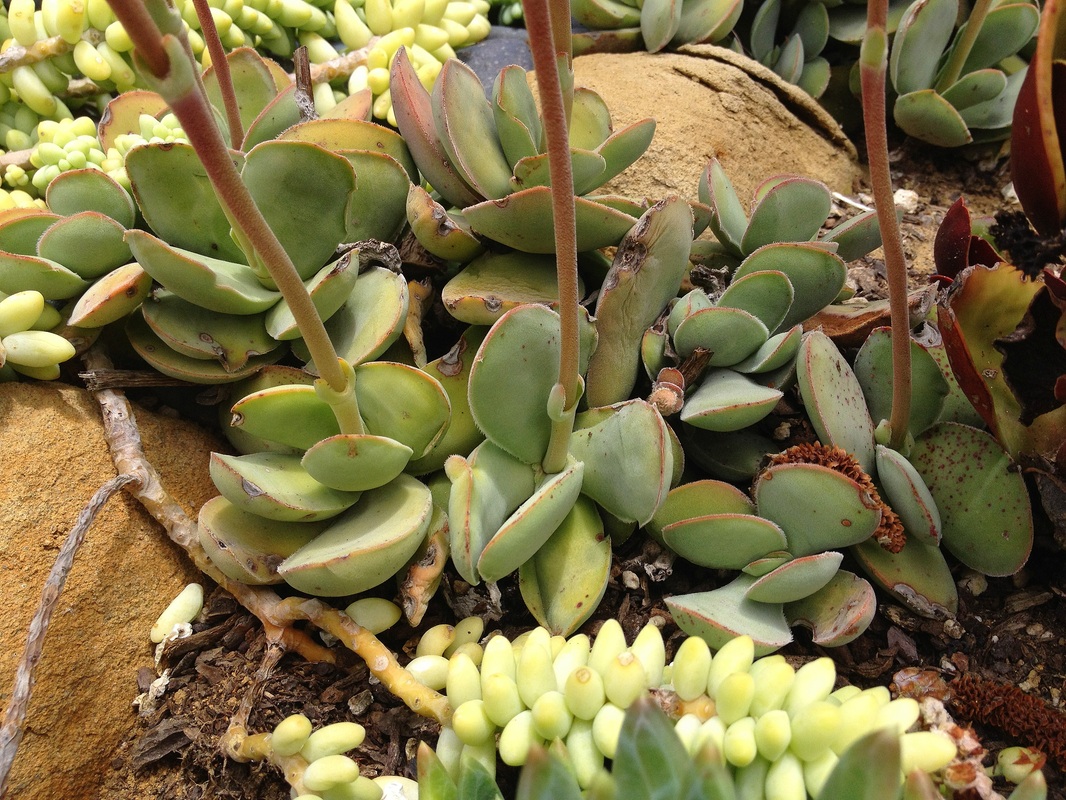

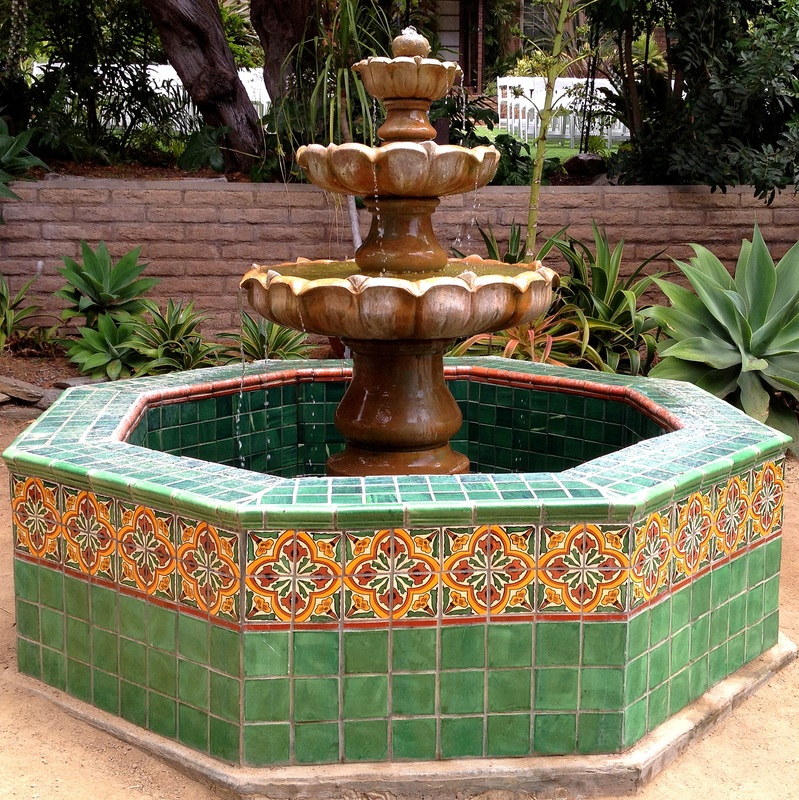
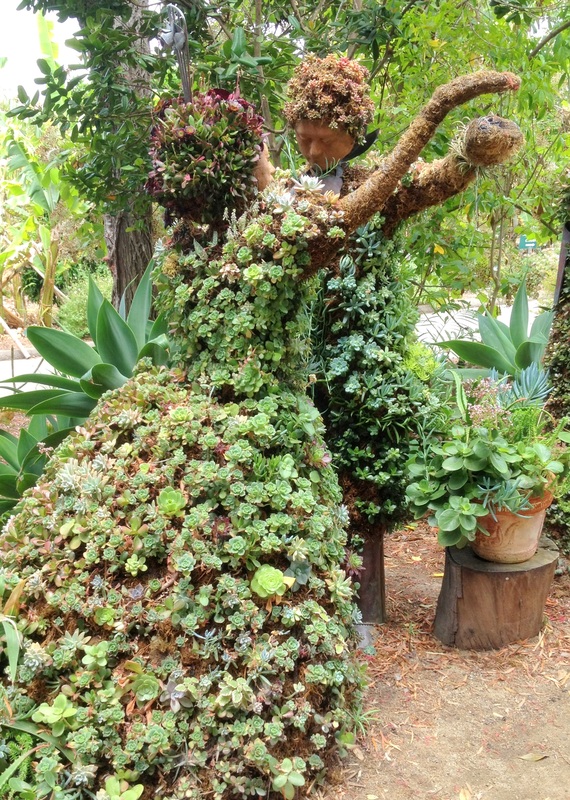
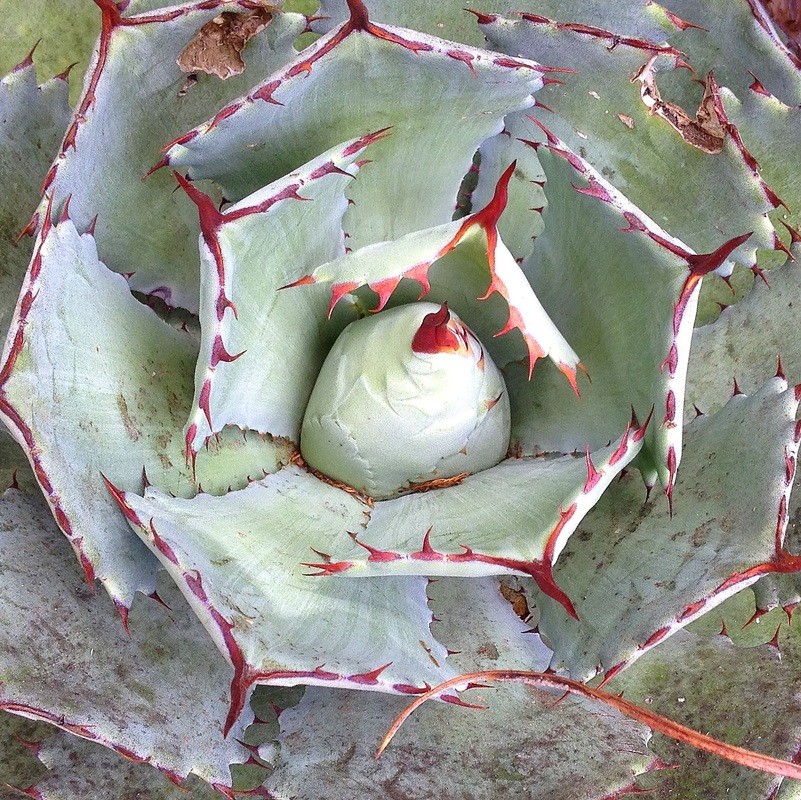
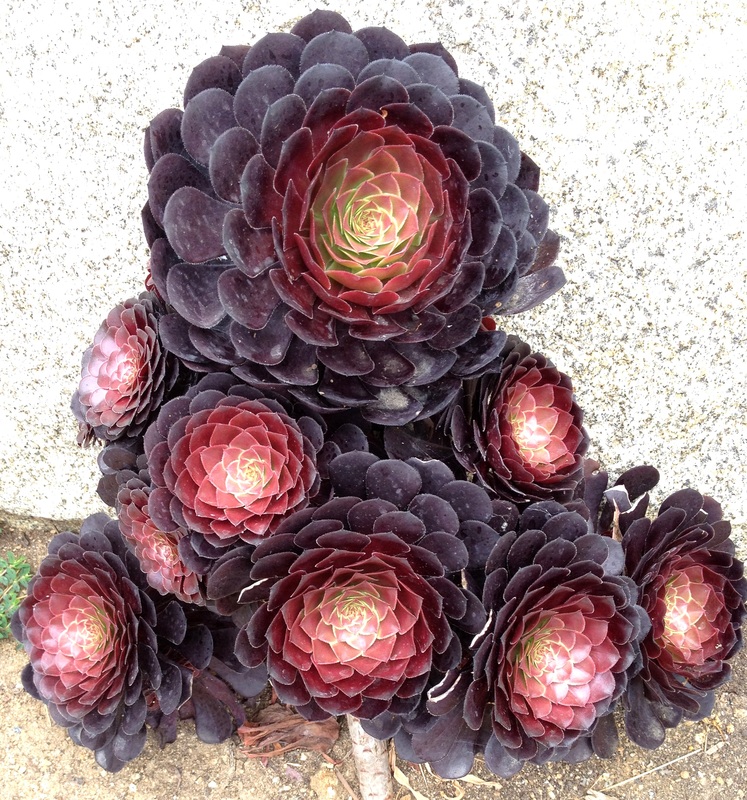
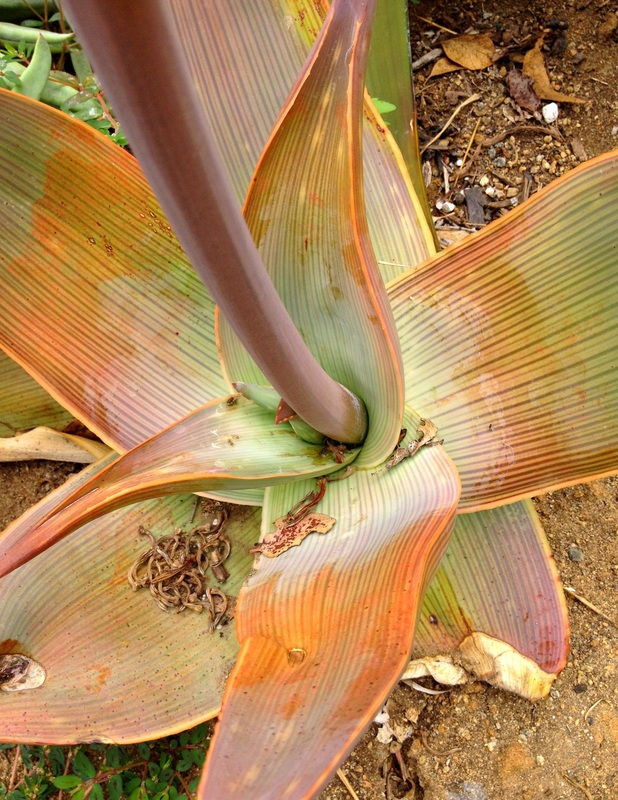
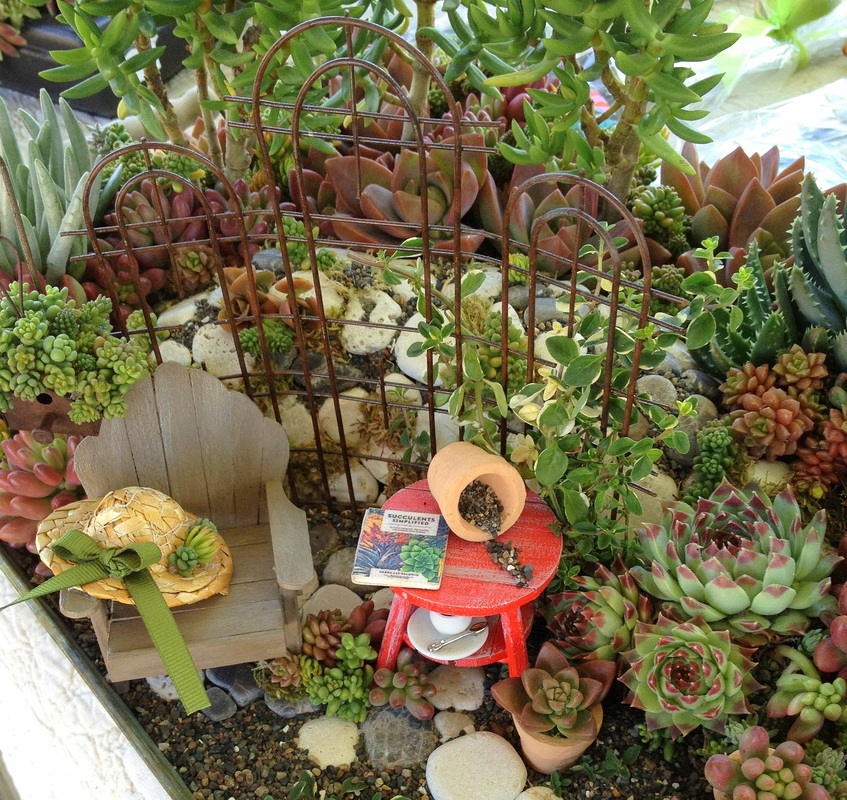
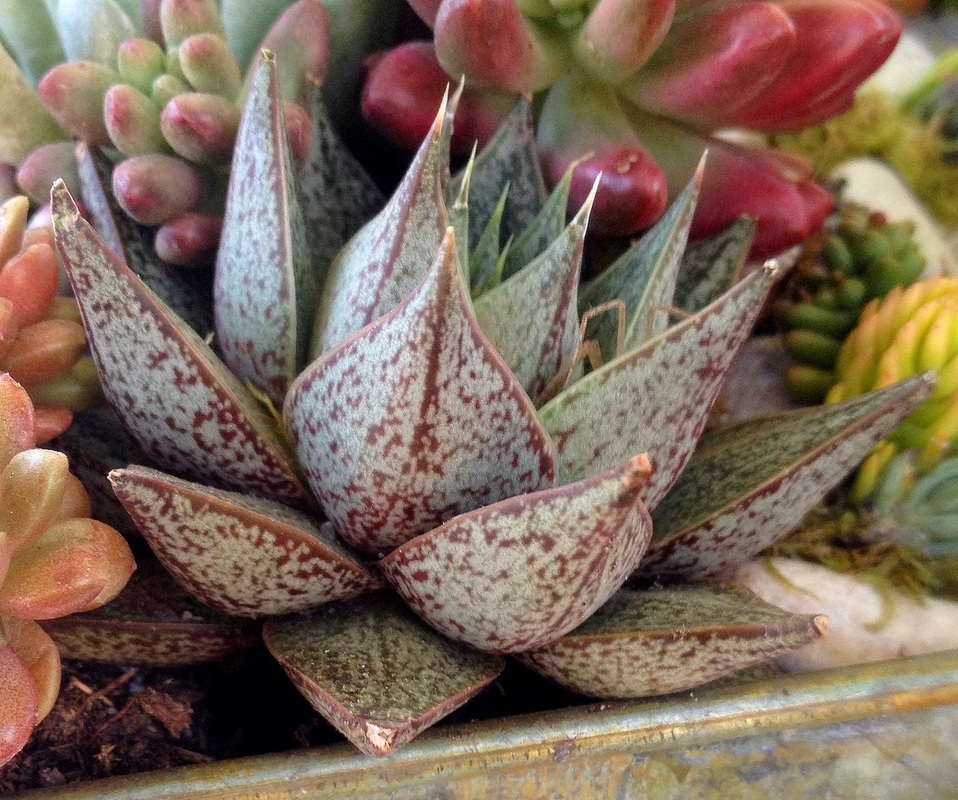
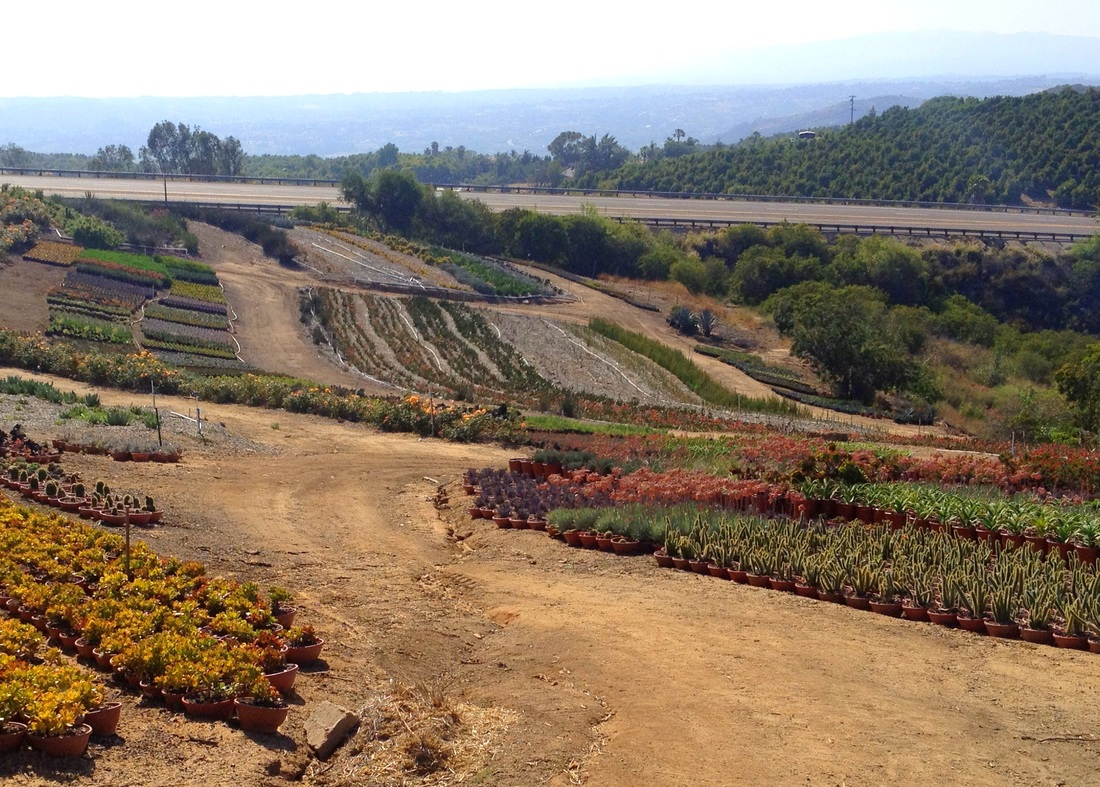
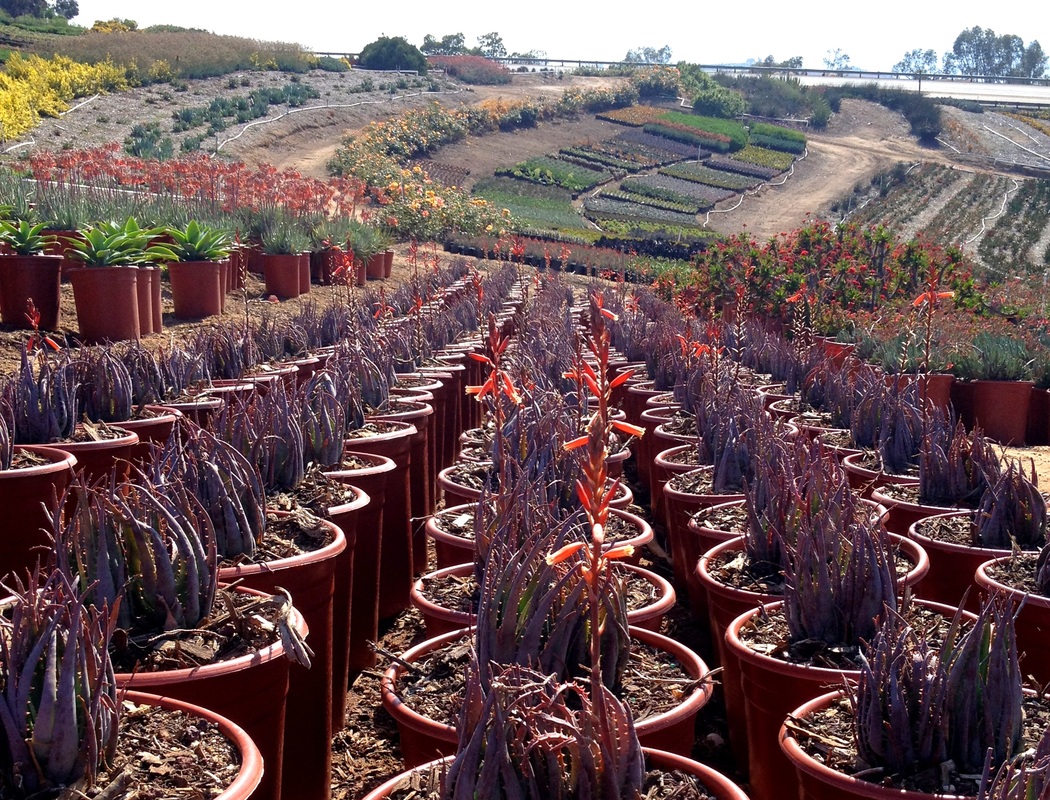
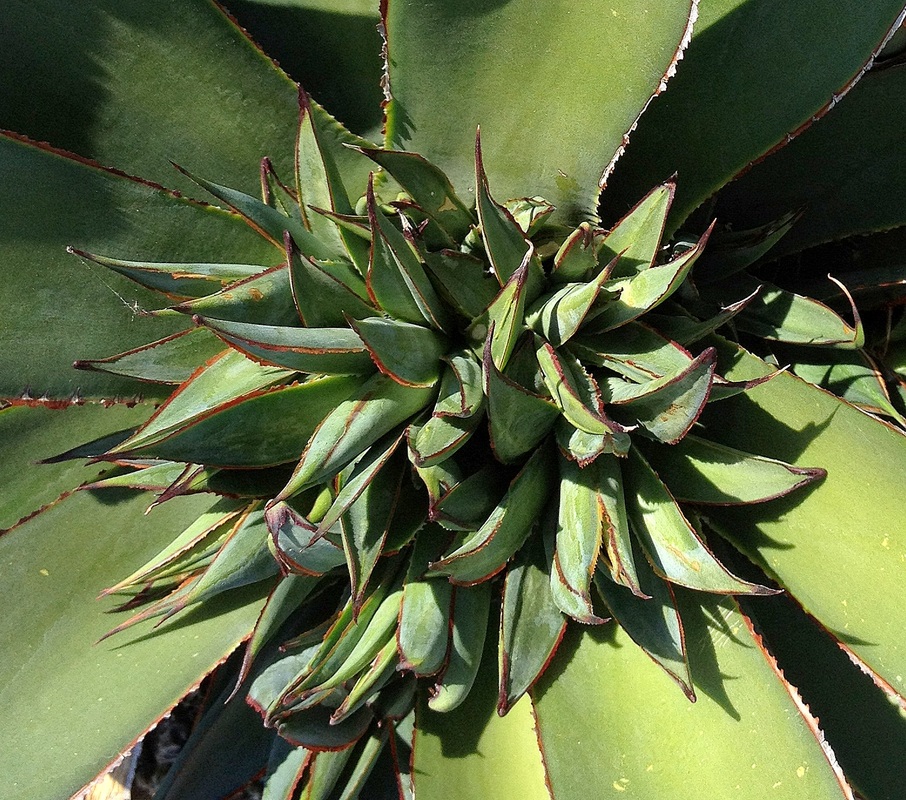
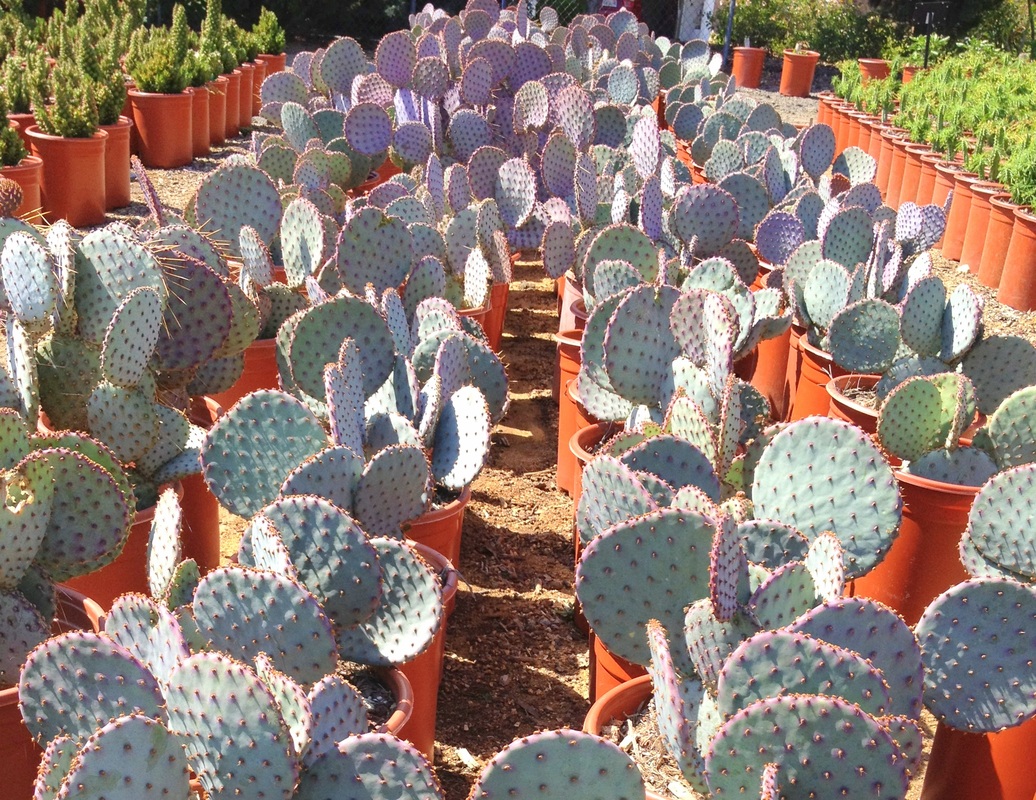
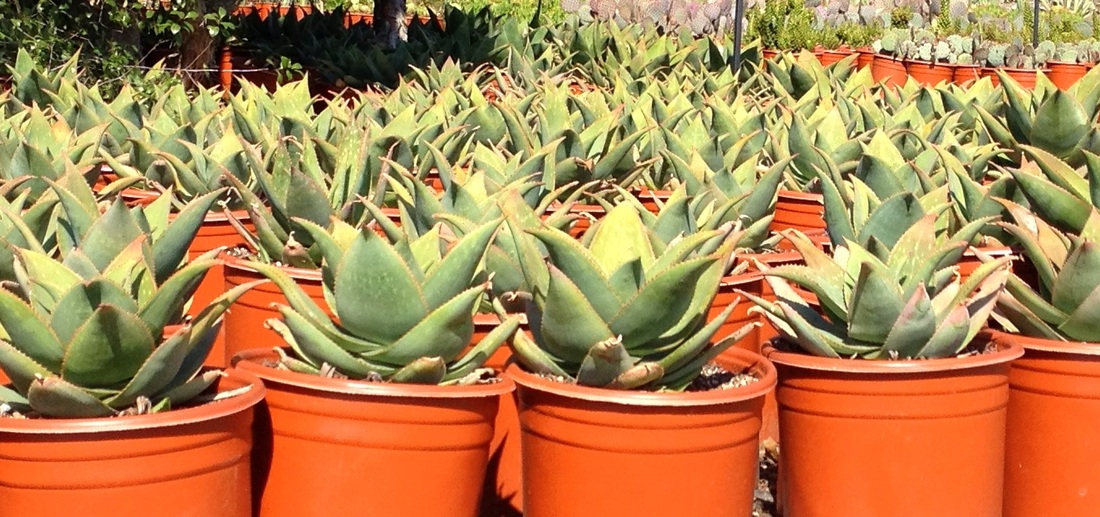
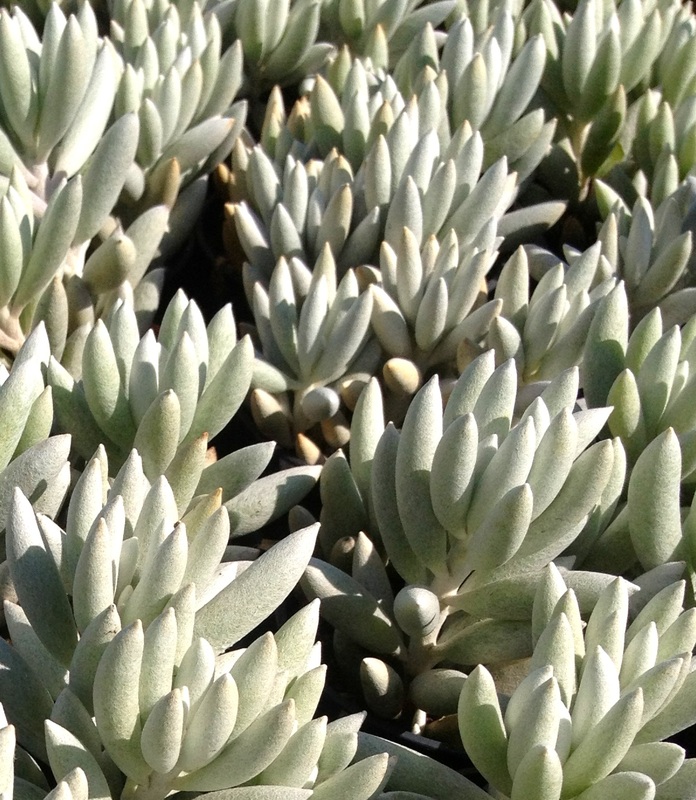
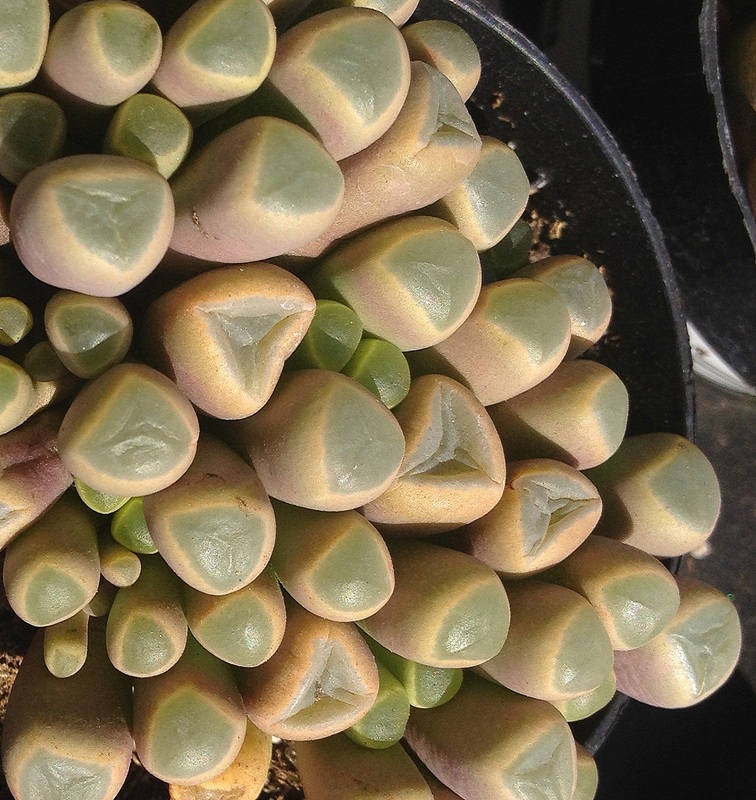
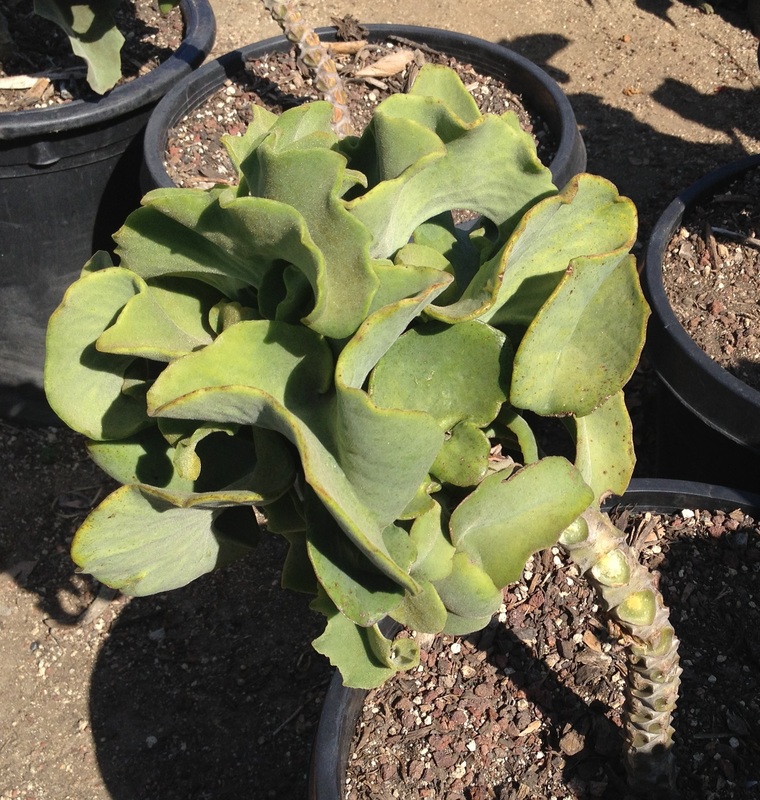
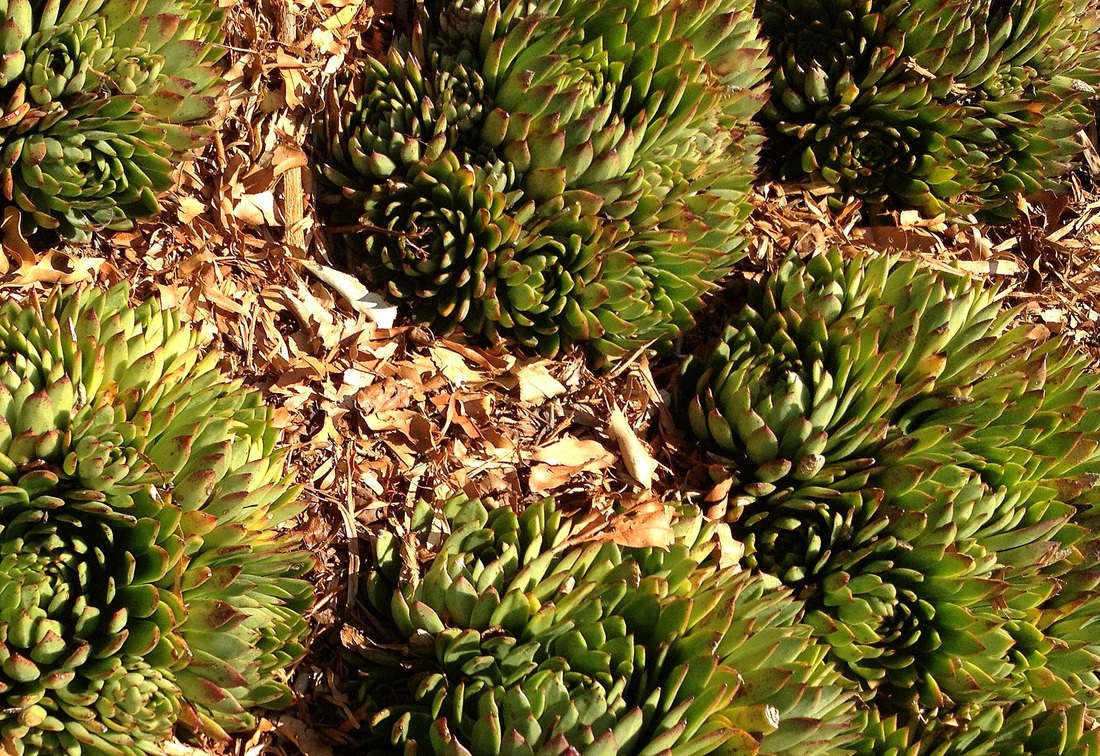
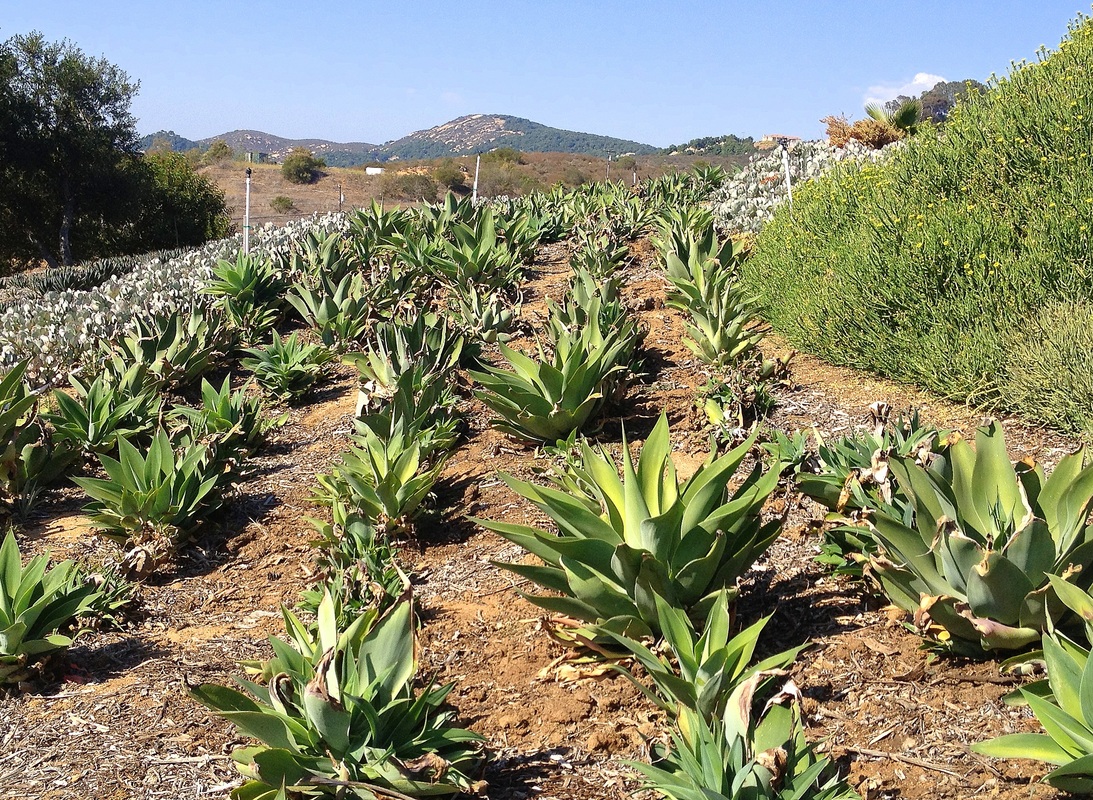
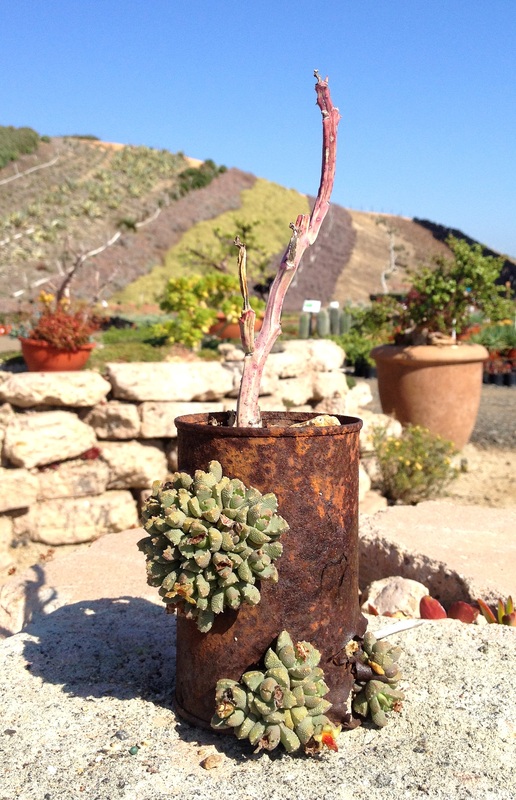
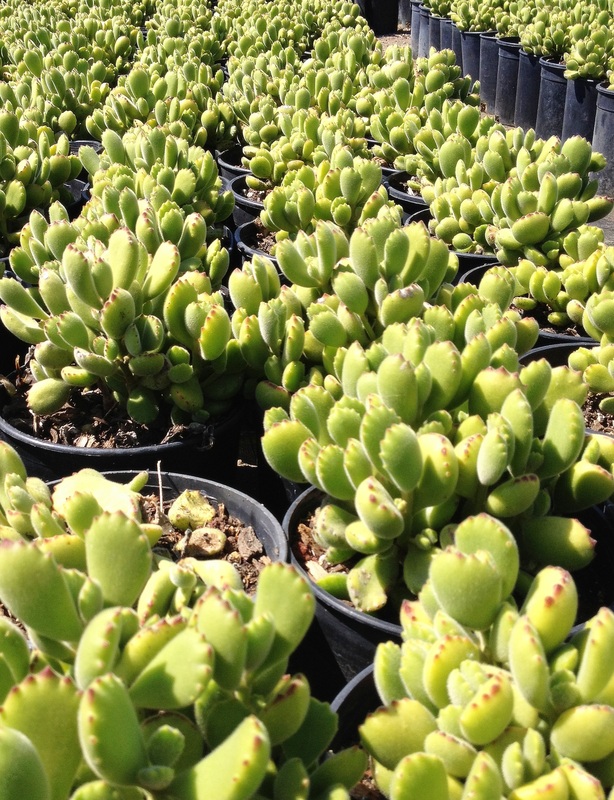
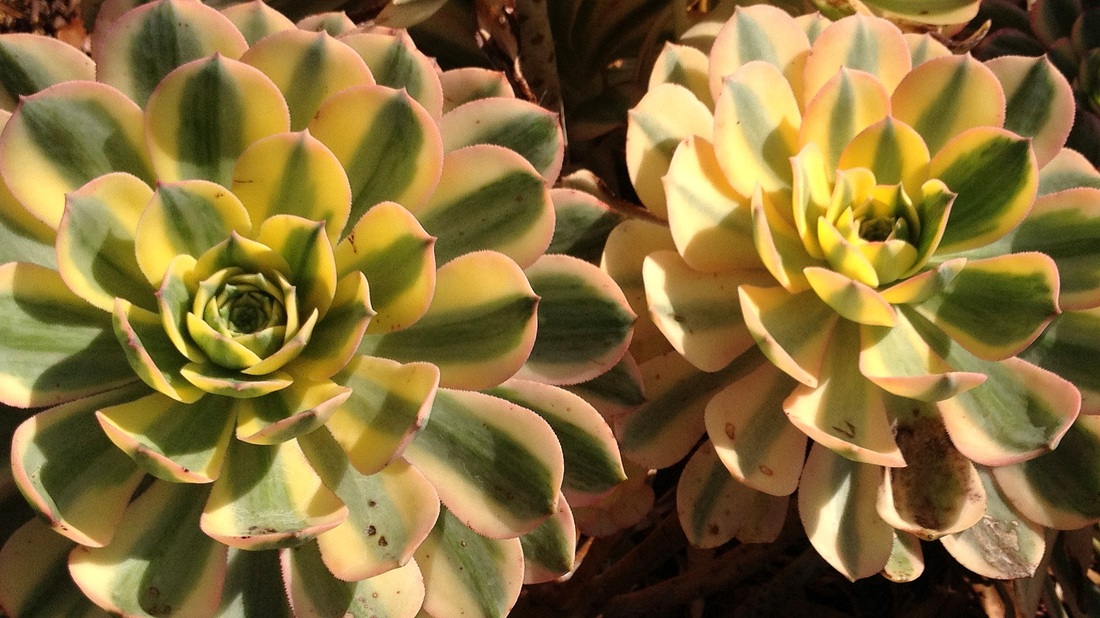
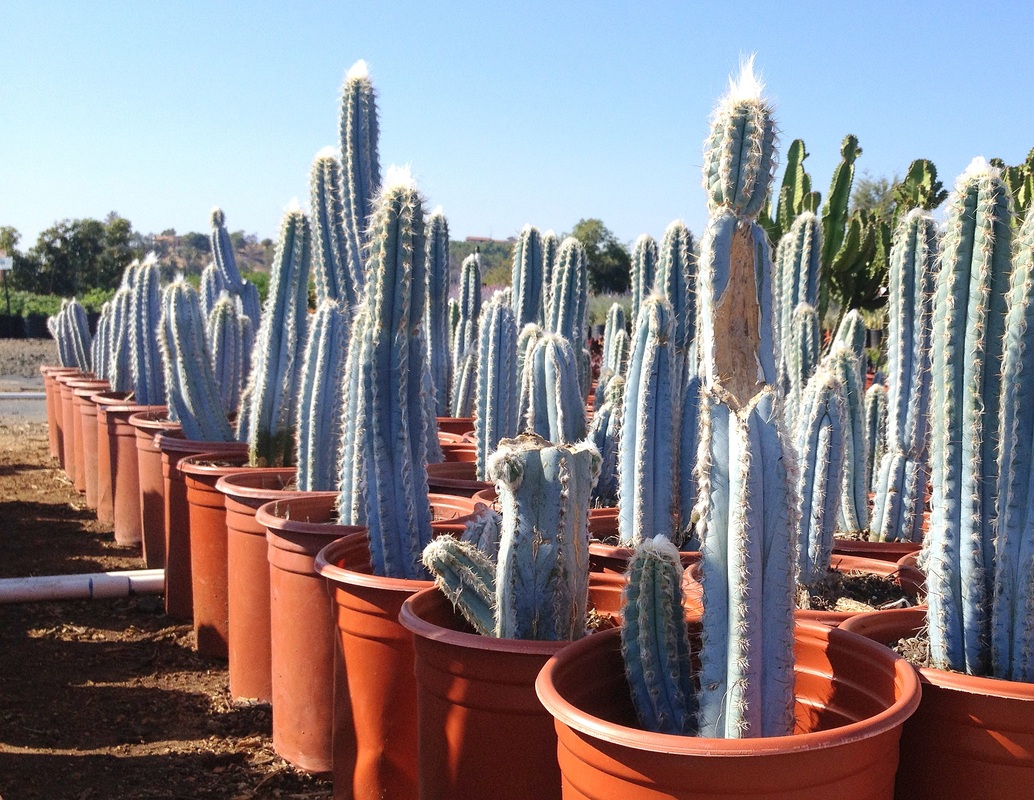
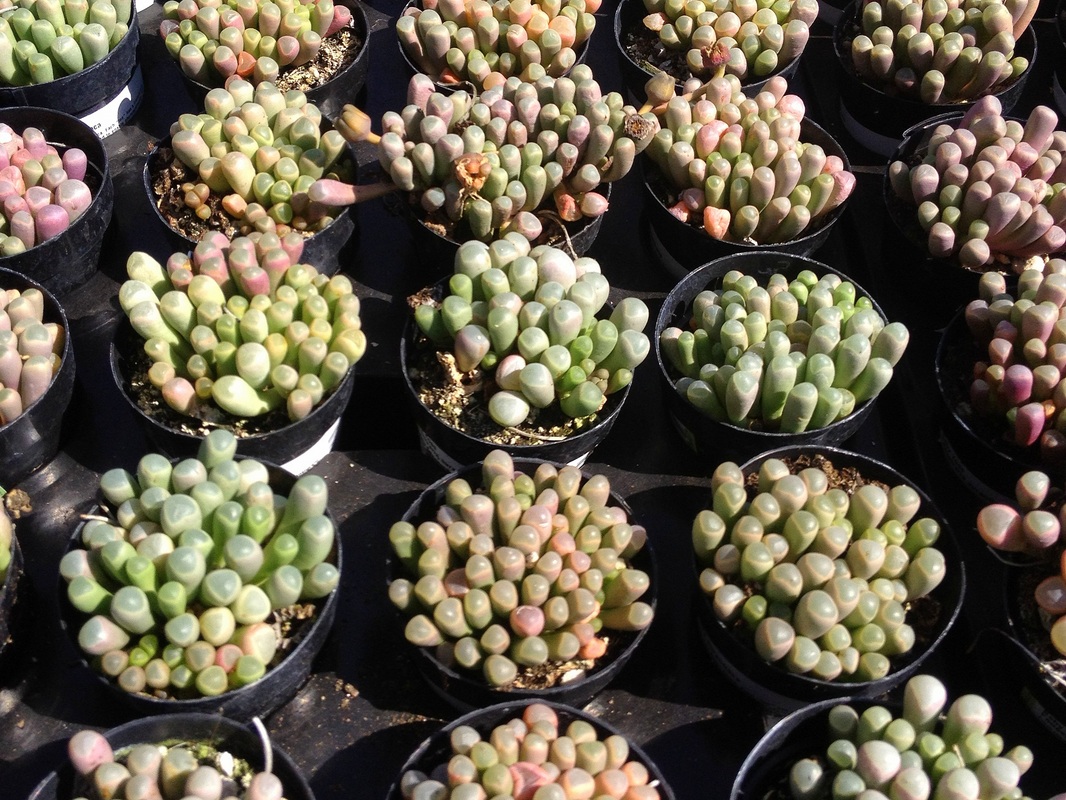
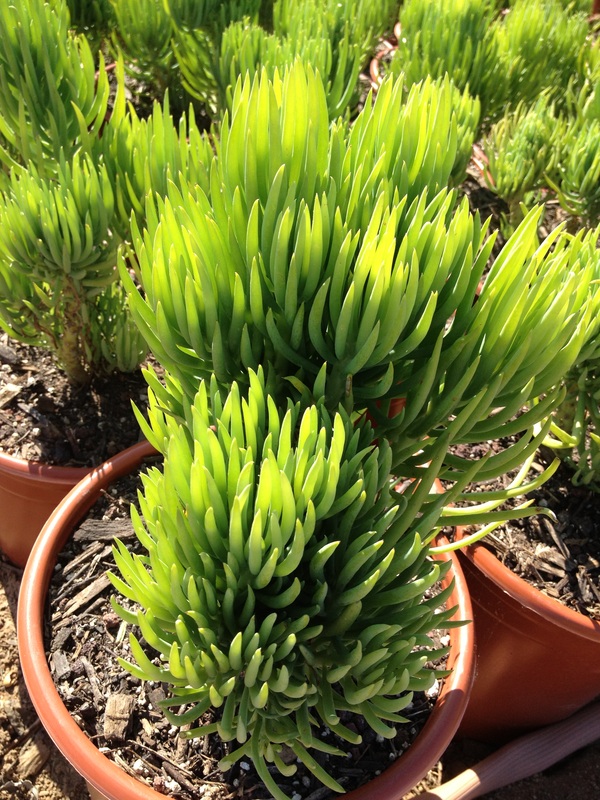
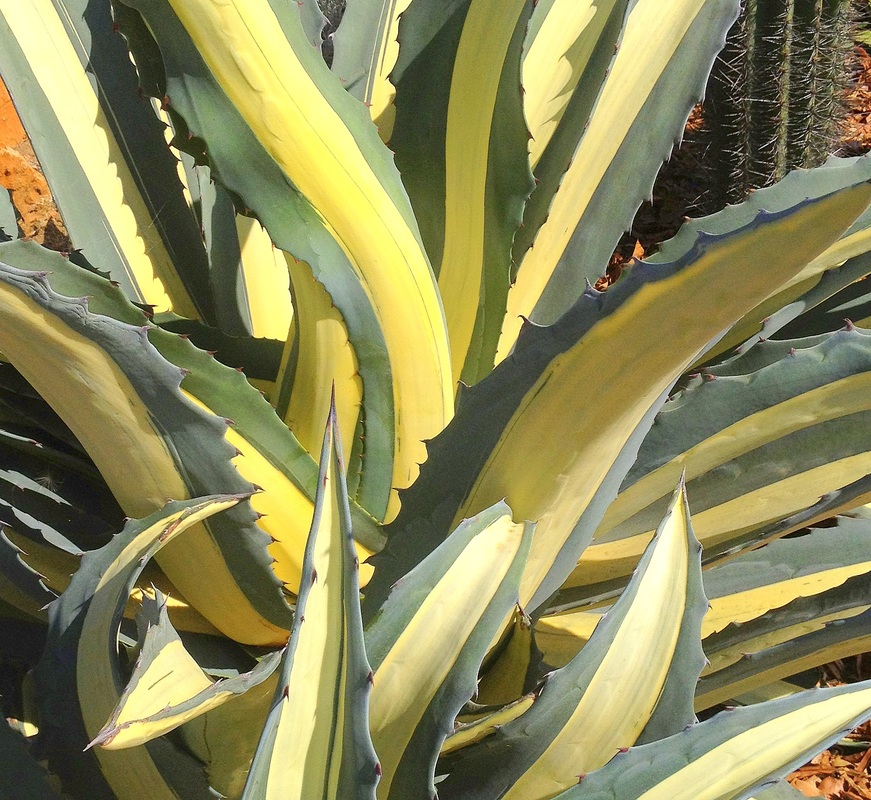

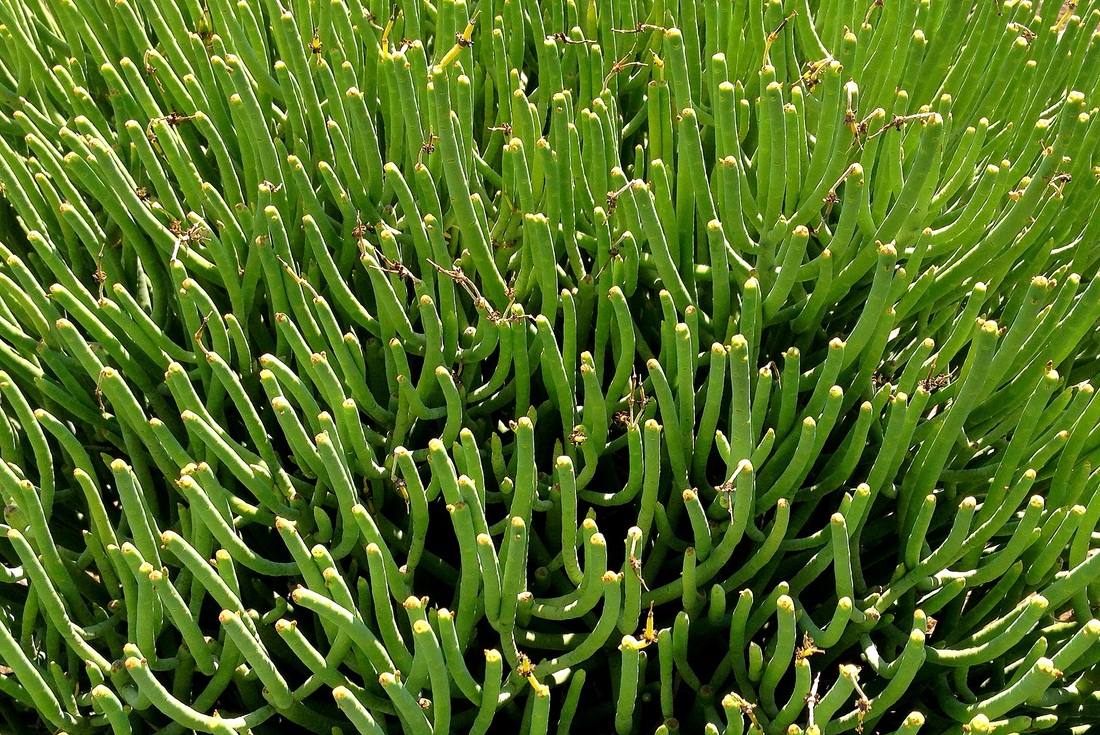
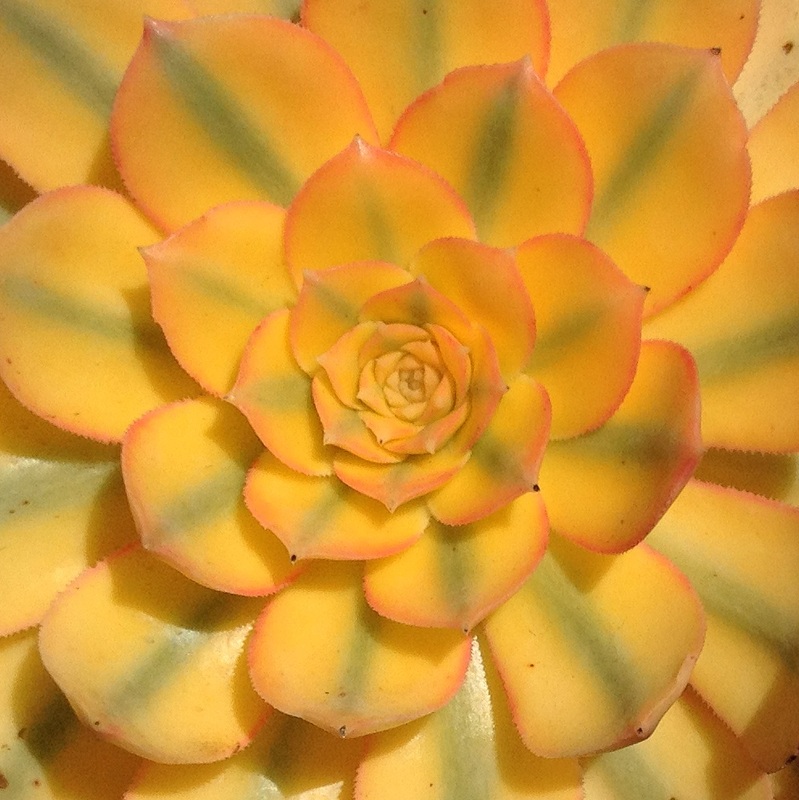
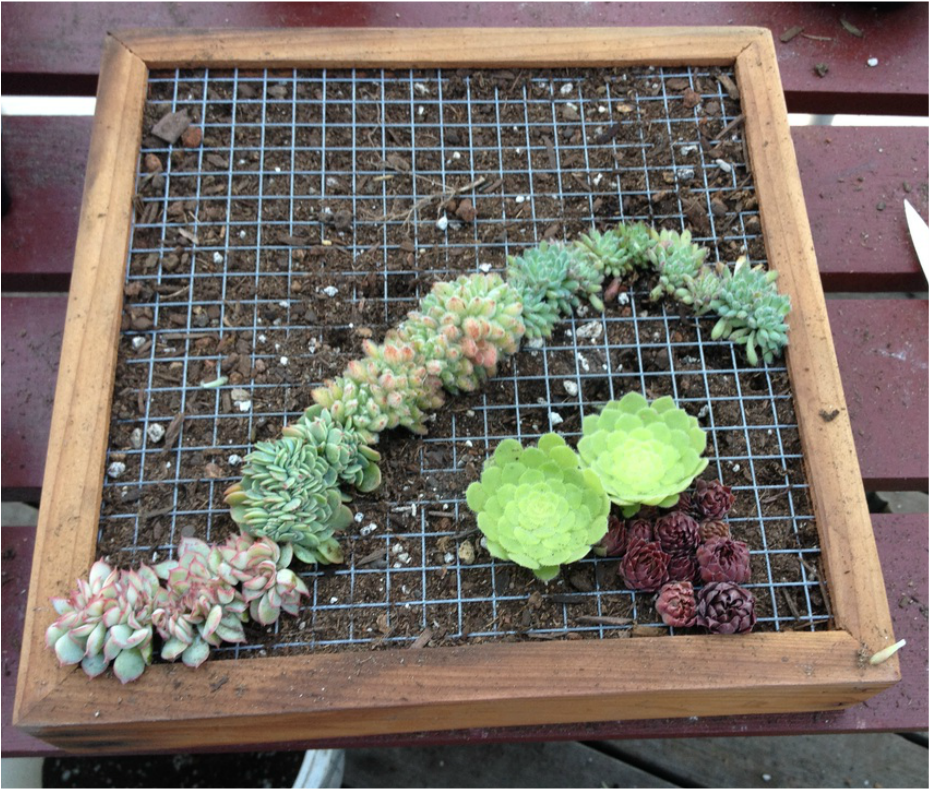

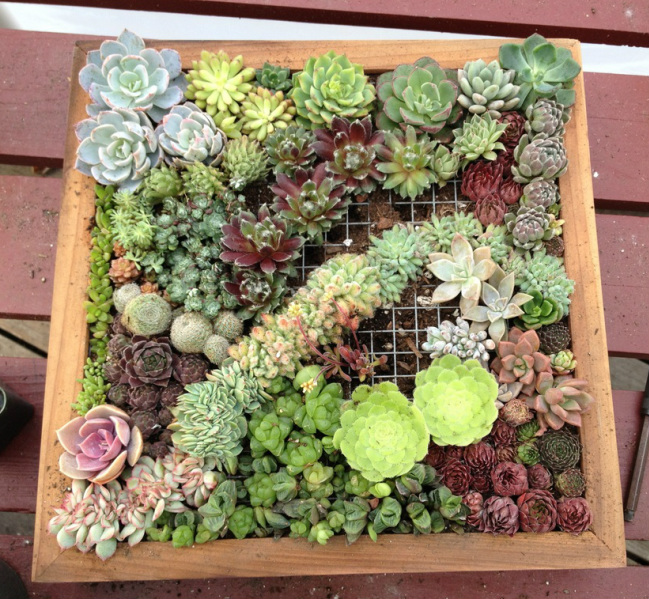
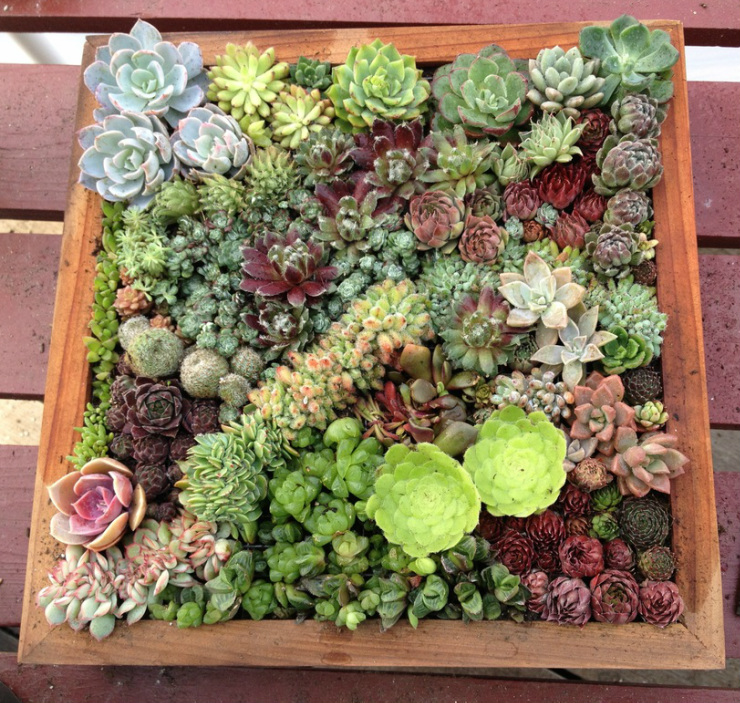
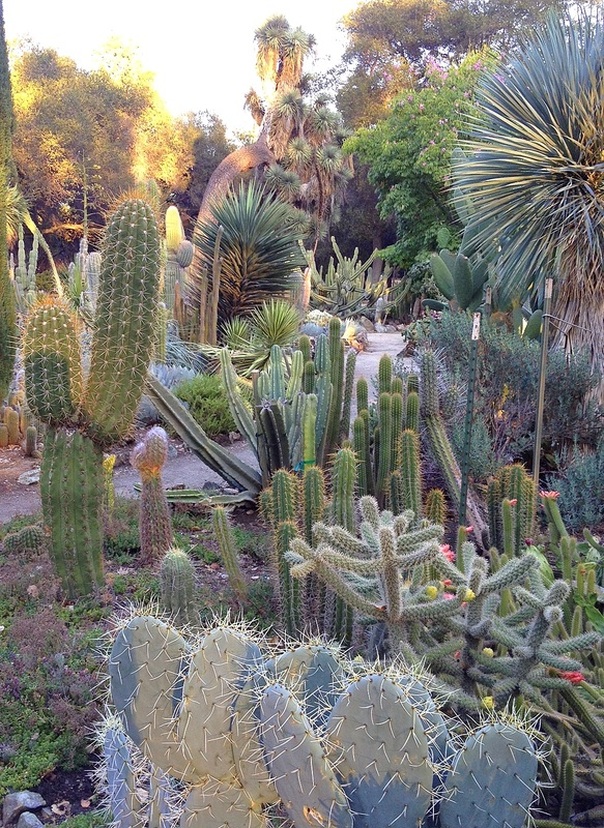
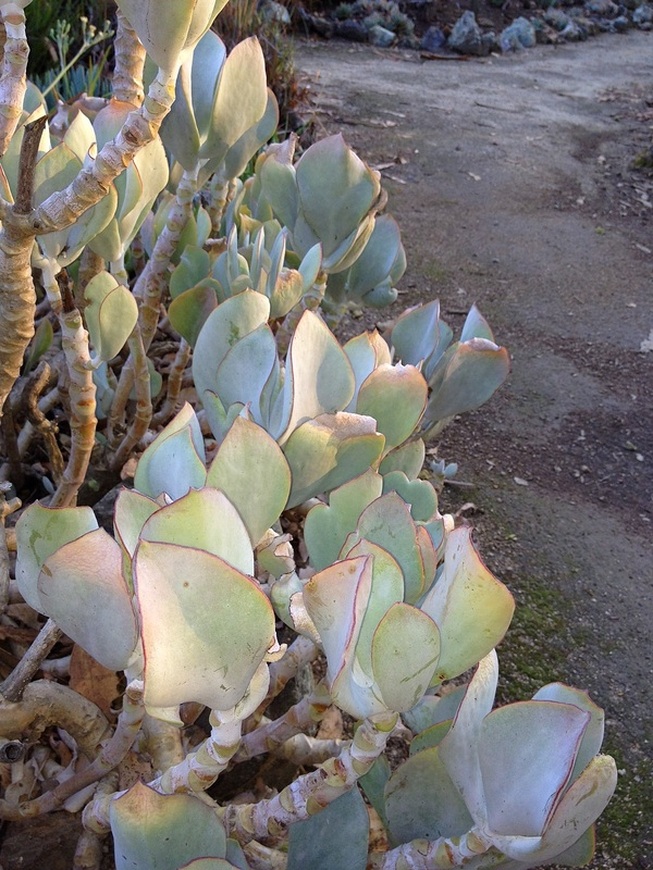
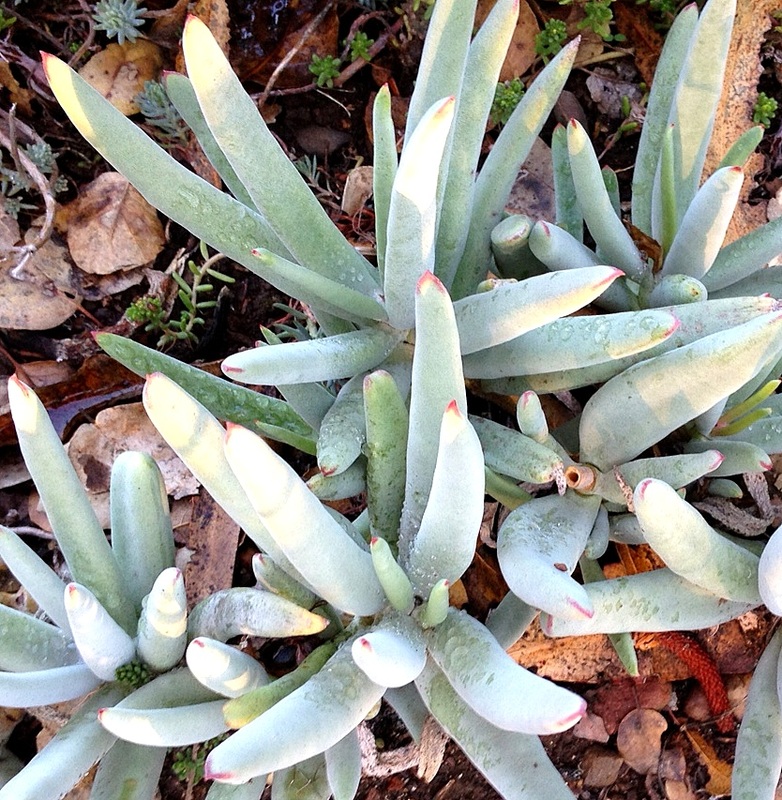
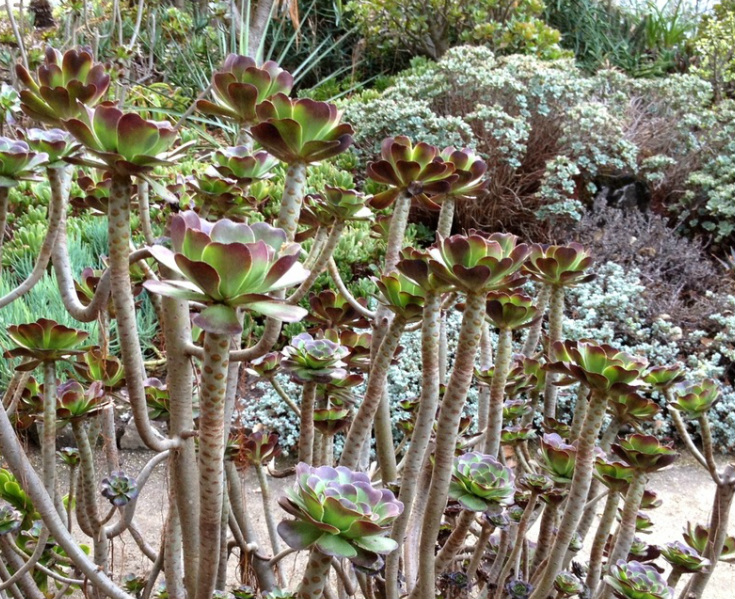
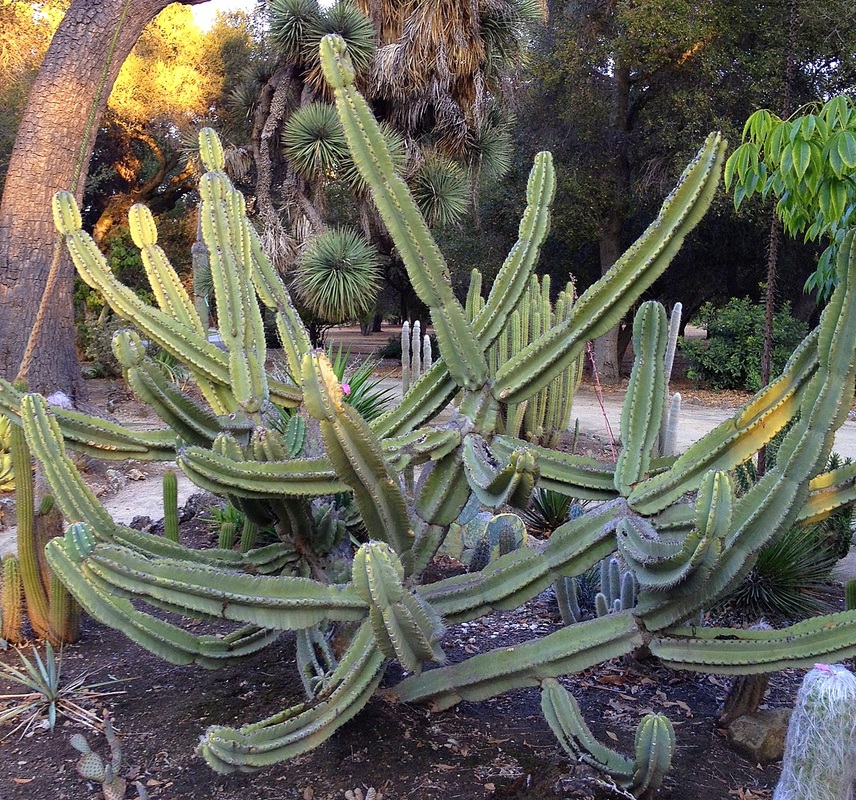
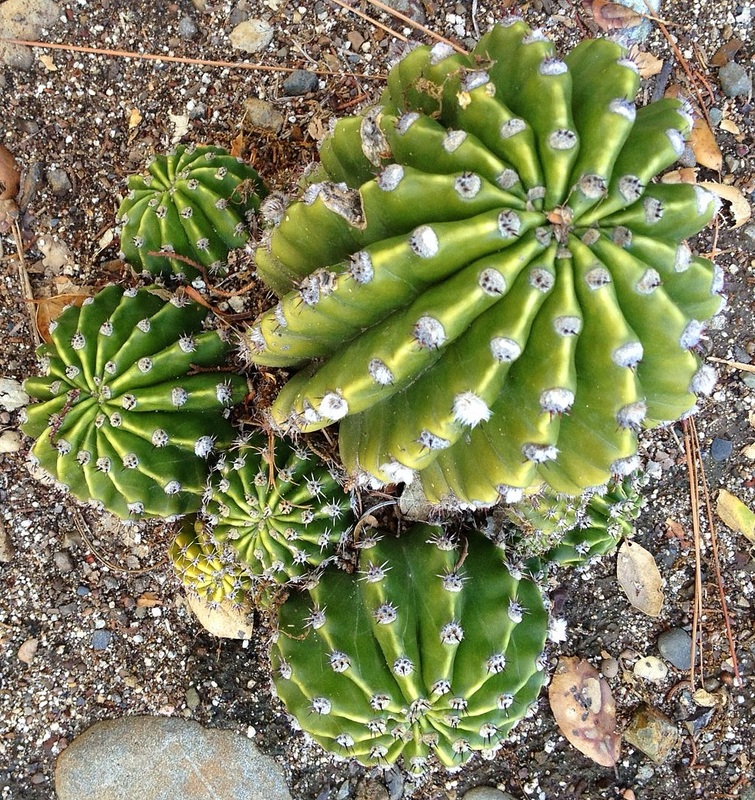
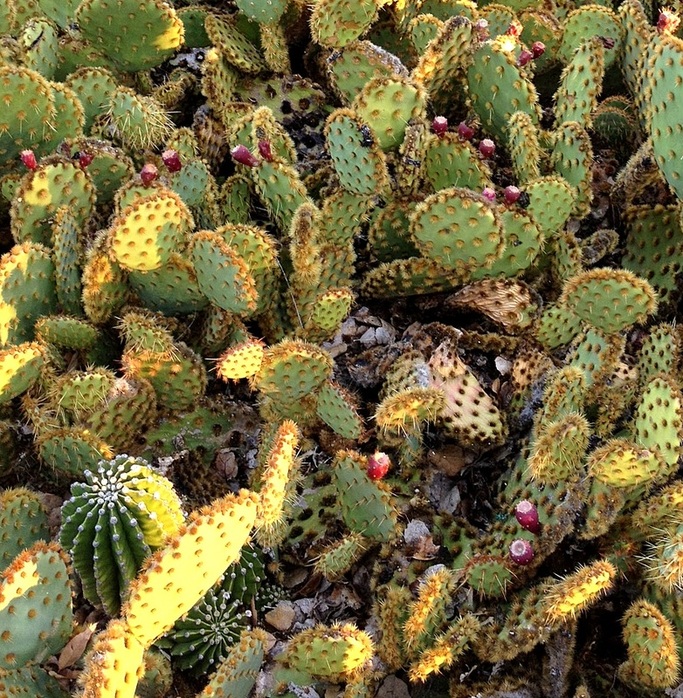
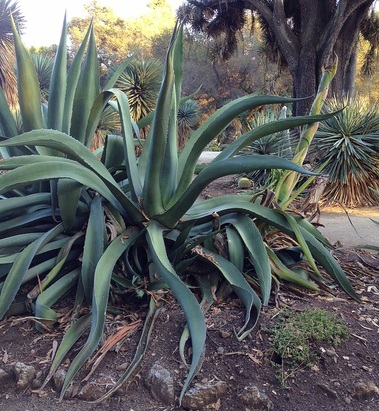
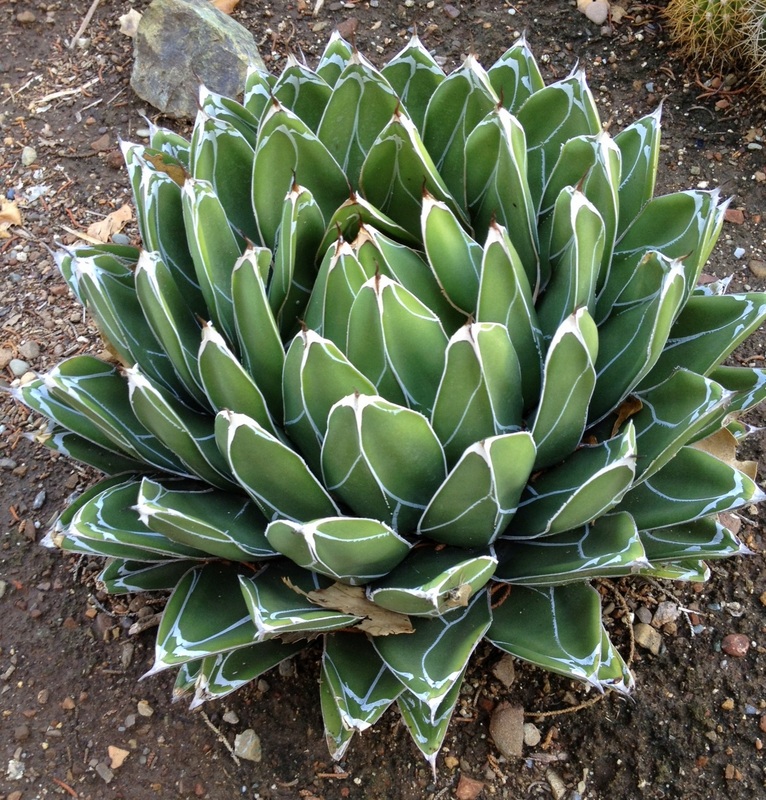
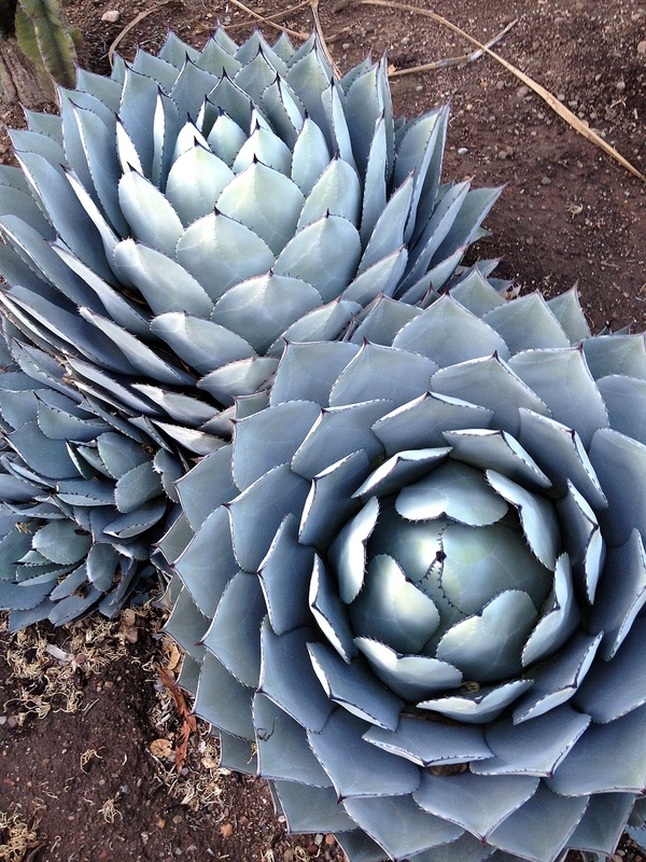
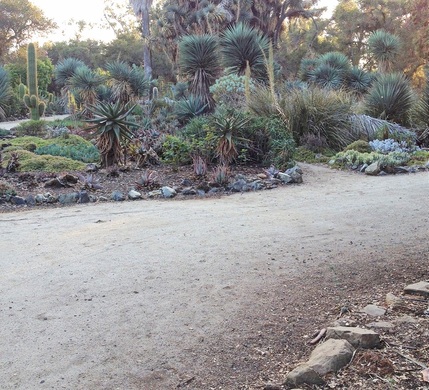
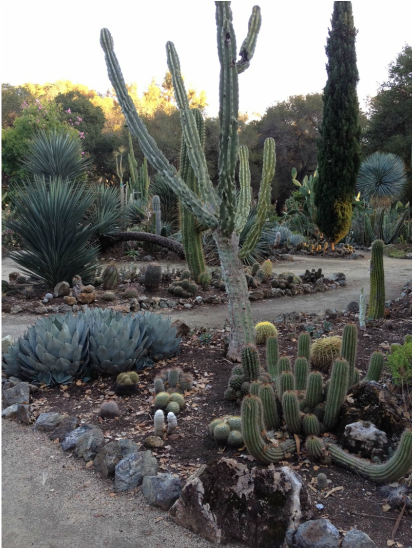


 RSS Feed
RSS Feed